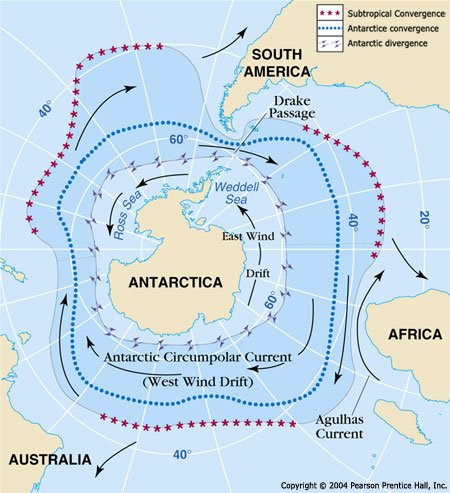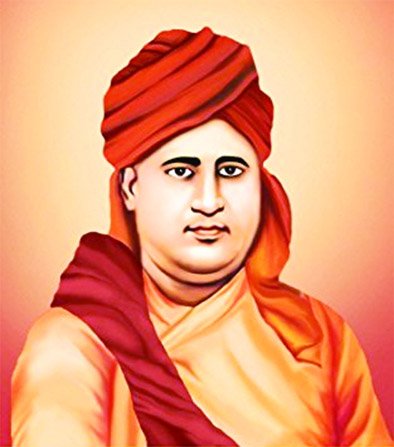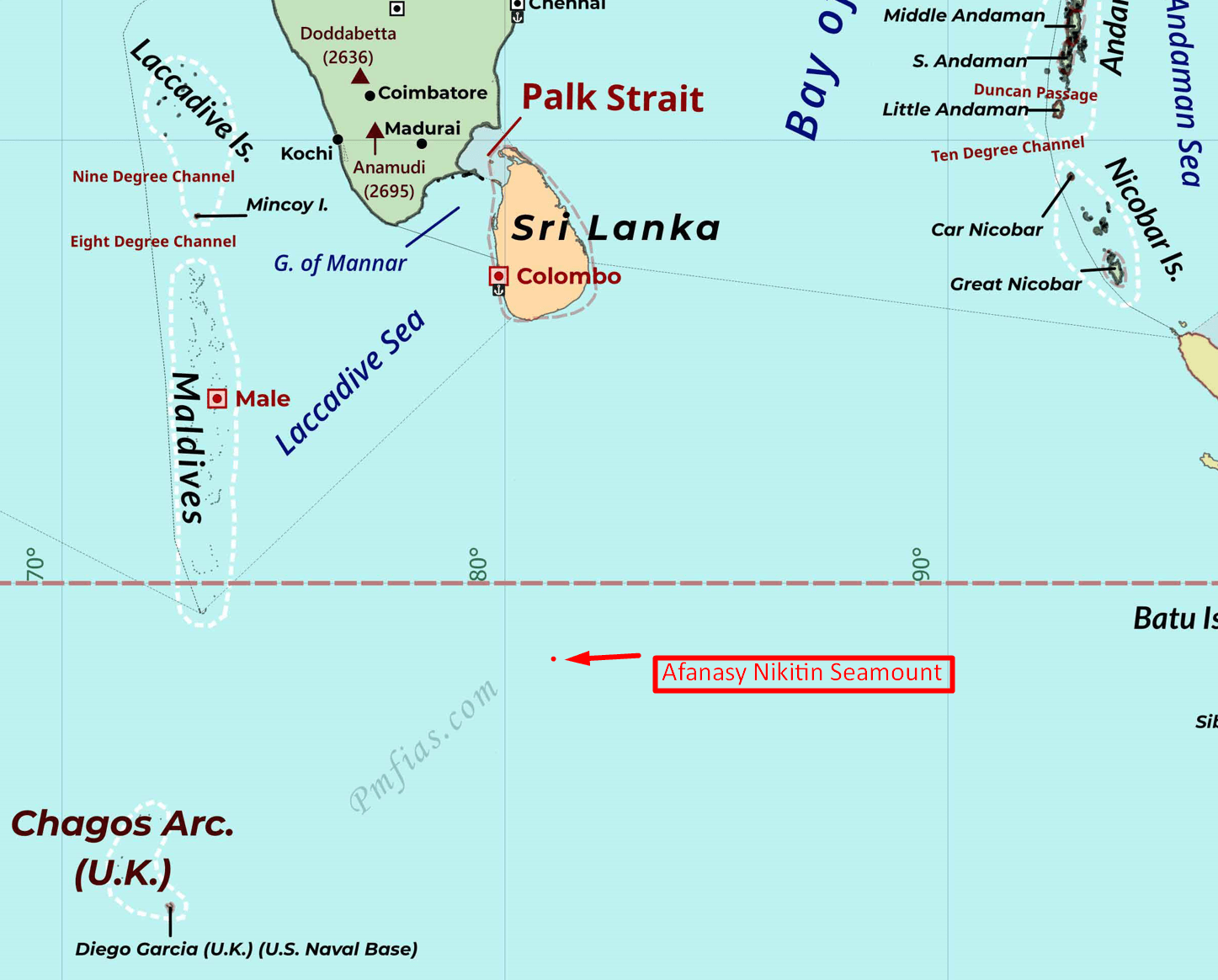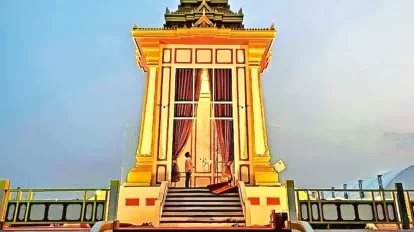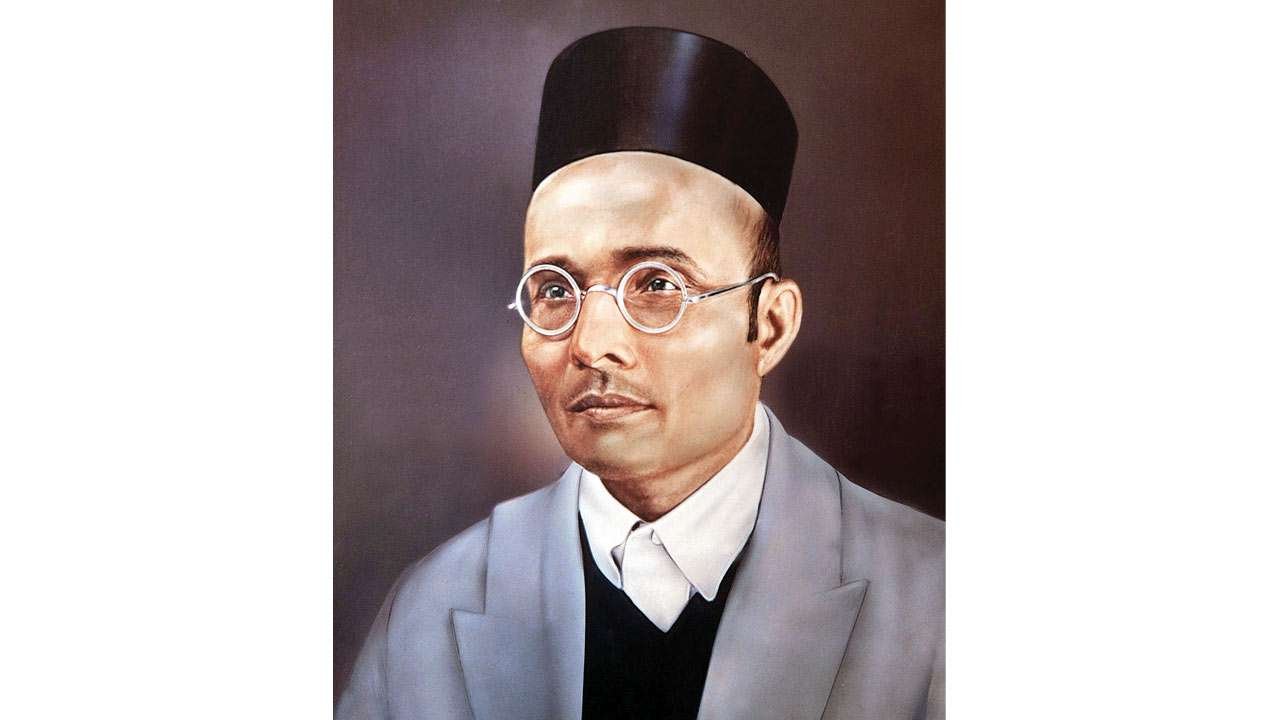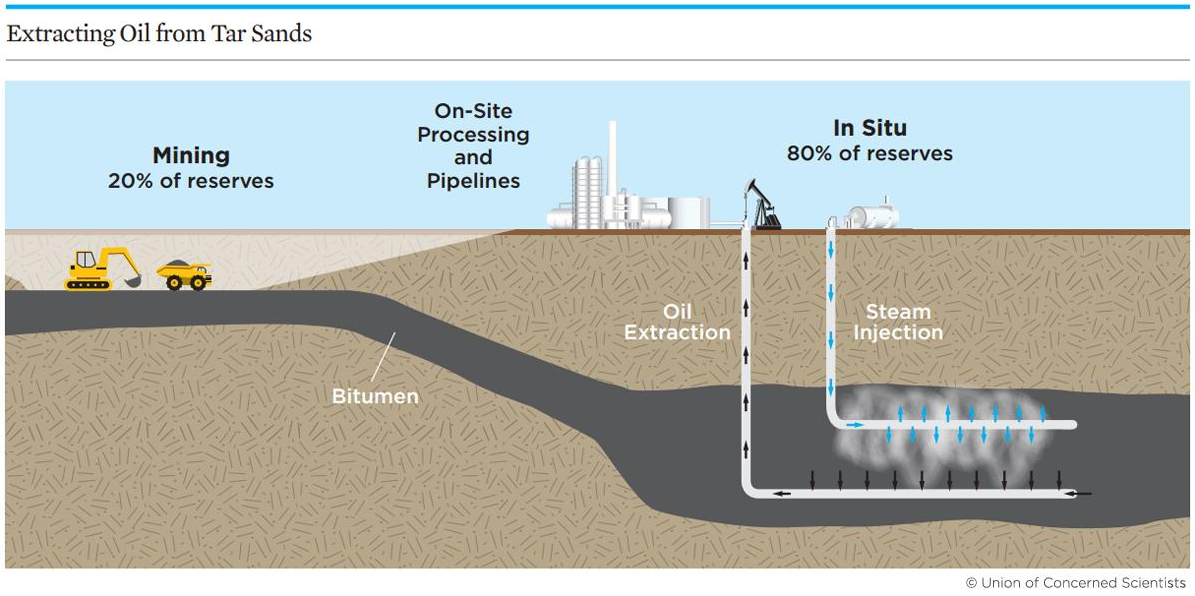
Tiananmen Square Massacre
Subscribers of "Current Affairs" course can Download Daily Current Affairs in PDF/DOC
Subscribe to Never Miss an Important Update! Assured Discounts on New Products!
Must Join PMF IAS Telegram Channel & PMF IAS History Telegram Channel
- Context (IE): Beijing’s Tiananmen Square massacre has completed 35 years.
- In April 1989, students from universities in Beijing convened in Tiananmen Square to outline a series of demands focused primarily on political and economic reforms.
- They also called for an end to corruption, censorship, and restrictions on fundamental rights.
- Their demands garnered extensive public backing, attracting support from various segments of society, including pensioners, veterans and farmers.
- May 1989: As the situation in Beijing grew more intense, martial law was declared.
- June 1989: Heavily armed soldiers and armoured vehicles advanced into the city centre to forcibly remove the pro-democracy protesters from Tiananmen Square.
Dismantling of Hong Kong Tiananmen Square Memorial 2021
- The 8-metre “Pillar of Shame” remembered the victims of China’s 1989 Tiananmen Square protests.
- The statue at the University of Hong Kong depicts a mass of torn and twisted bodies in a tall pile.
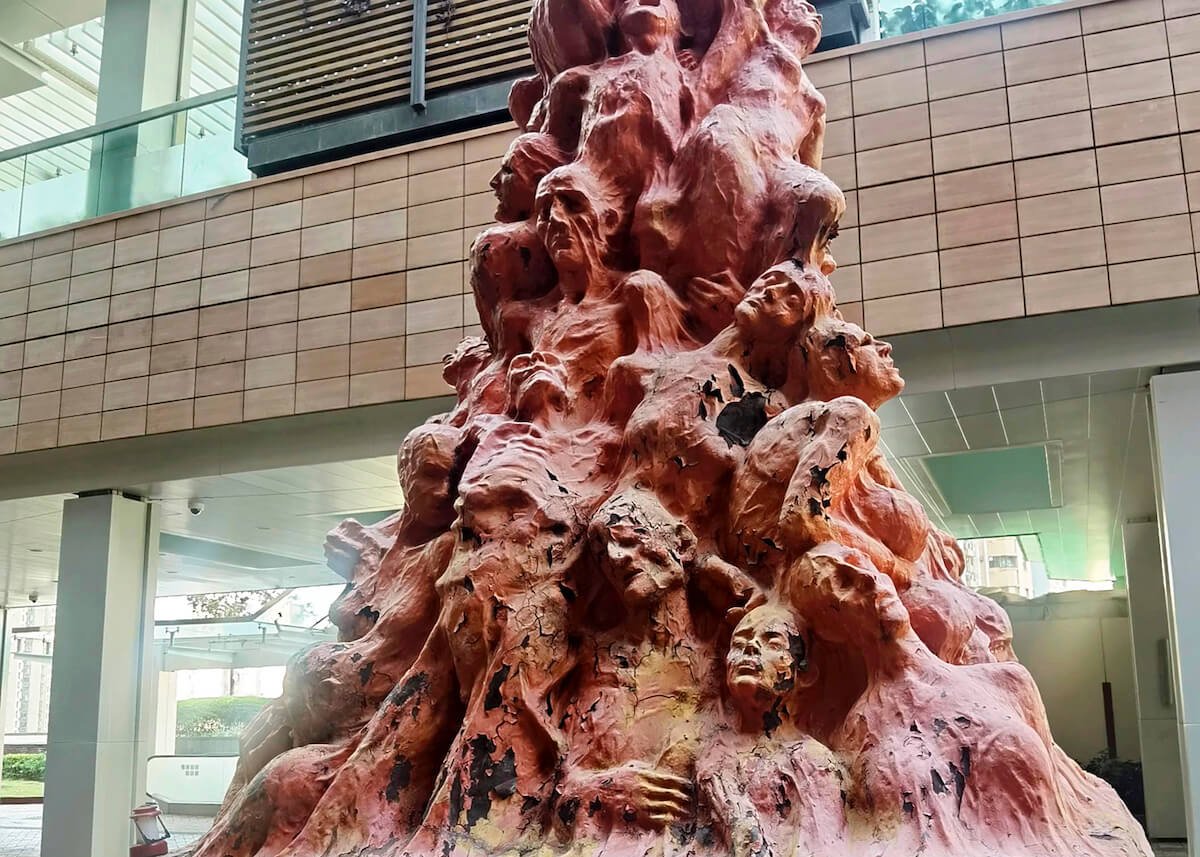
Credits: Artnews
- It was erected in Hong Kong in 1997 during an annual candlelight vigil to commemorate the event.
- Until 2019, a massive outdoor candlelight vigil was held every year on the anniversary.
- Hong Kong authorities have banned the annual vigil for the last two years, citing COVID-19 risks.
- Its removal is seen as an attempt to silence the pro-democracy protests.
Hong Kong Protests Against China 2019
- 2019 protests were to oppose the government’s plan to allow extradition to mainland China.
- The protest recalled the pro-democracy Umbrella Movement (2014) five years ago.
- Broad timeline of protests:

Credits: Nagrik network
Pillar of Shame
|
Boxer rebellion
- A Chinese secret society initiated the uprising, the Yihetuan (Righteous and Harmonious Fists).
- This group practised a form of martial arts that resembled boxing, at least to Western eyes.
- The ‘Boxers’ embarked on an armed campaign to drive all foreigners out of China.
- In some areas, the ‘Boxers’ were reinforced by better-equipped Imperial Chinese troops.
- In June 1900, the growing violence forced foreign diplomats, missionaries, soldiers and Chinese Christians to take refuge in the Legation Quarter of Peking (Beijing) and issue a call for international help.
- An eight-nation alliance quickly dispatched a 20,000-strong international force to help.
- Lieutenant-General Sir Alfred Gaselee, a British officer of the Indian Army, commanded it.
- The rebellion officially ended in September 1901 with the signing of the Boxer Protocol.
- The rebellion contributed to the removal of the Qing dynasty in 1911.







![PMF IAS Environment for UPSC 2022-23 [paperback] PMF IAS [Nov 30, 2021]…](http://pmfias.b-cdn.net/wp-content/uploads/2024/04/pmfiasenvironmentforupsc2022-23paperbackpmfiasnov302021.jpg)


